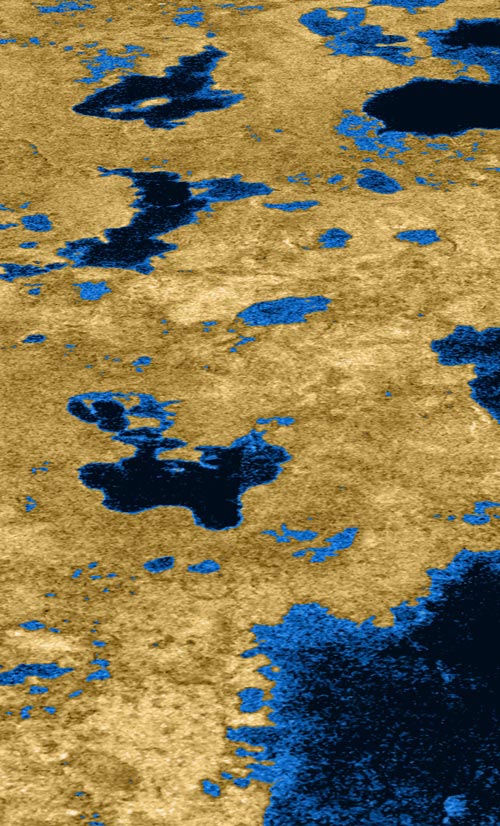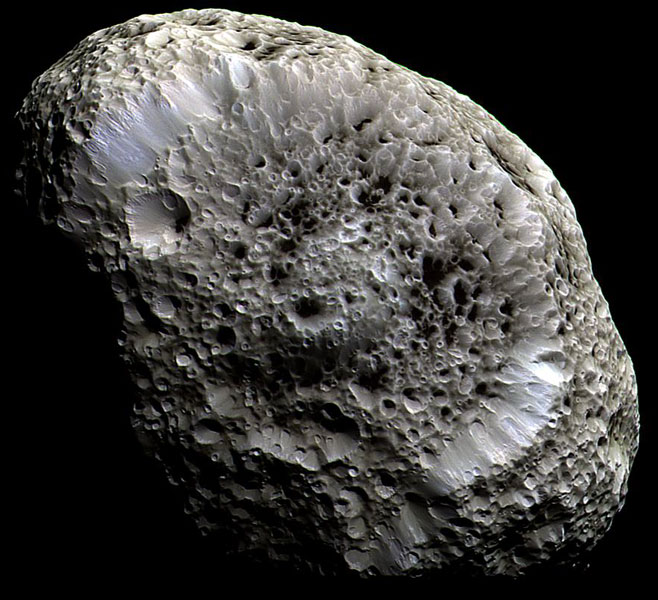APOD3.7

This is a picture of one of Jupiter's moons, Io, taken by the Cassini spacecraft. The blue plume at the top of the picture is from a volcanic caldera known as Pillan Patera, and has been active for about 18 years. There are actually two such sulfuric eruptions in this picture. The Prometheus Plume, named after the Greek god that gave humans fire, is seen in the middle of the picture at the day/night line. It's shadow can be made out, and it rises about 75 km above the ground. The more readily visible plume at the top rises about 140 km.


